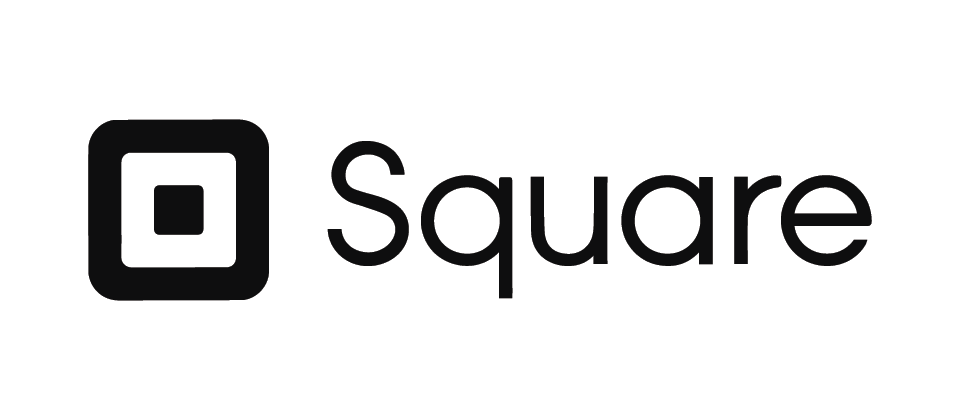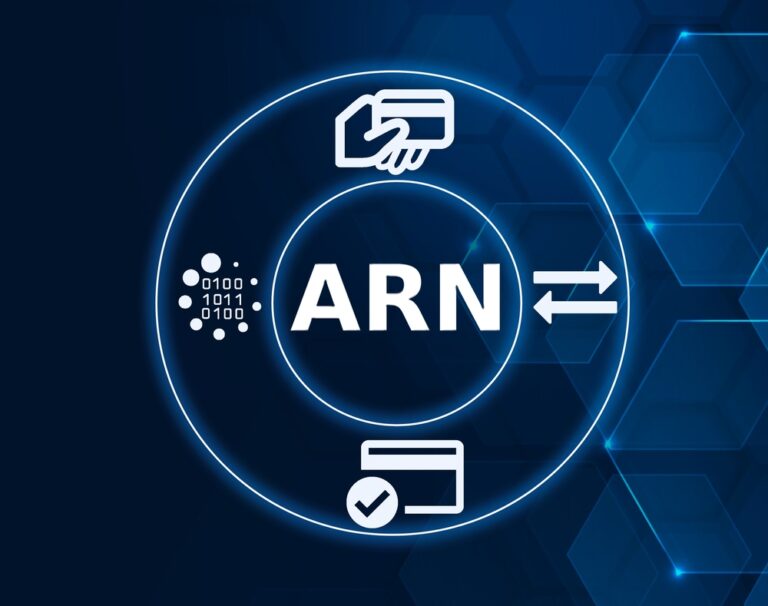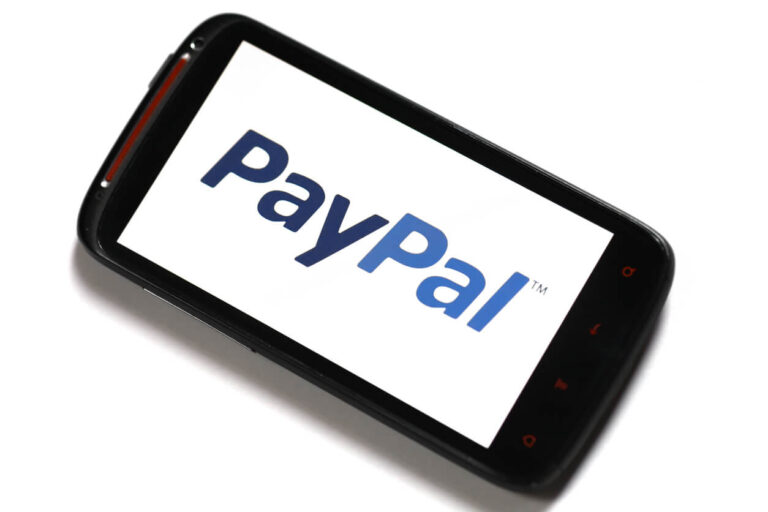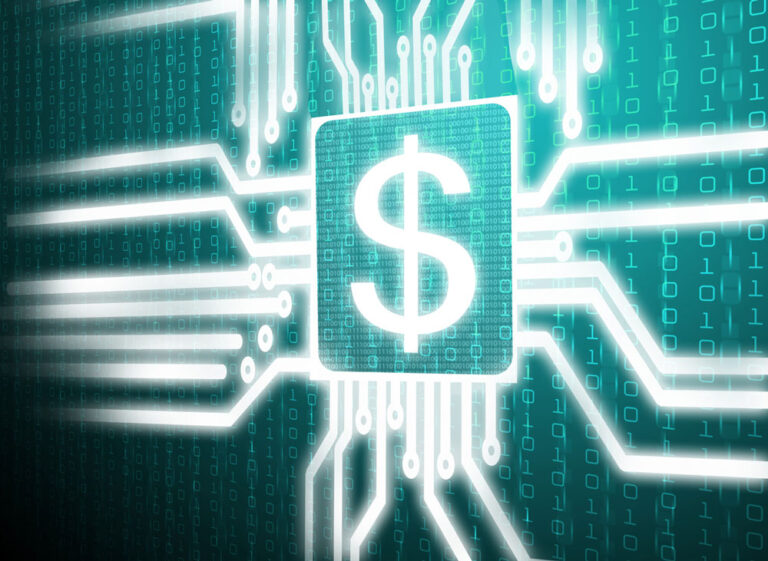Does Square Protect Merchants From Chargebacks?

Square provides merchants with the ability to take credit card payments on mobile devices, phones, and tablets, in cases where otherwise they would not be able to. Merchants love the convenience, speed and simplicity of processing fast payments, and ease of use.
Also, Square has its own system for controlling revenue loss through chargebacks known as Square chargeback protection.
What creates the problem?
Since its inception back in 2009, Square has gained more than two million users because of its easy-to-use, flexible infrastructure and fast service. However, it’s rapid growth and acceptance caused several problems for merchants. Just like with credit cards, as sales increased, so too did chargebacks. In response, Square has revised its services for better chargeback protection for merchants.
How does Square chargeback protection work?
Square claims to protect merchants on a few levels. First, they claim that they cover the cost of chargebacks fees. This sounds nice and cuddly, but there are some conditions that apply.
- Products and services in dispute must be eligible for protection
- You must comply with Square‘s best practices for accepting payment cards
- You must give all the required paperwork for receiving the protection
- The sum of all disputed goods or services cannot exceed $250
That last bit can be problematic. Let’s say you are a dance instructor offering class packages at $125 each. Square will, therefore, cover your chargeback fees for only two such instances per month. On the other hand, if your packages cost more than that, there would be only room for one chargeback fee refund. Also, if your chargeback total comes in under the $250 limit, the difference does not accrue.
It’s also important to note that Square classifies some products as a high-risk, such as electronics, collectibles, and arts. If your product falls into some of those categories, it is no joy for your chargeback support. Also, seller protection consists of only covering chargeback fees, but not representment in chargeback disputes. After all, it is a payment processor company, not a chargeback dispute firm.
What are the timelines for Square disputes?
Dispute resolutions must come within 90 days, and if your customer decides to place an appeal, it will take another 60 days to resolve. Meanwhile, the revenue from disputed purchases will be frozen until the dispute is resolved. That’s a lot of time when you have a business to run.
What to do if Square seller protection shows its flaws?
Seller protection does not mean chargeback protection. Protection from chargebacks is ultimately up to the merchant. However, merchants who manage their own chargeback disputes end up losing a bunch of disputes, taking their revenue with them.
Handling your own chargeback protection and disputes may sound like a good idea, but it is a full-time job. It will eat up the time you should otherwise use for your core business.
If you think that turning a blind eye to chargebacks is going to solve the problem, it won’t. Because, if you don’t challenge chargebacks, banks see this as a passive admission of guilt, and fraudster see it as an invitation; both will make your problem worse. Credit card companies will also take notice; they will terminate service with merchants that process too many chargebacks.
Take control by hiring a chargeback protection service
Square chargeback protection has its advantages, but it falls short of actual chargeback protection. To properly manage your chargebacks, you need a dedicated company who specializes in chargeback protection. ChargebackHelp is just such a company.
We manage chargebacks for businesses big and small by reducing chargebacks and recovering the revenue they take away. It’s your revenue, you should keep it. So get help, get ChargebackHelp. Drop us a chat down on the right, shoot us an email, or go old-school and call us 1.800.975.9905






